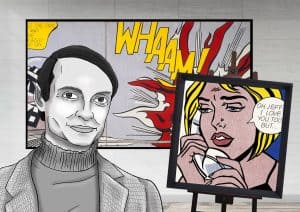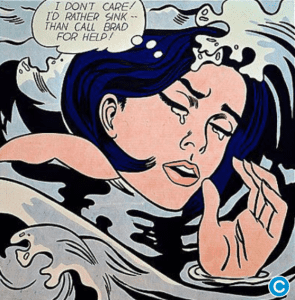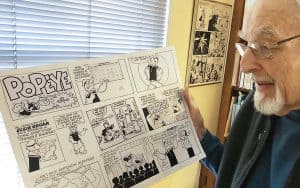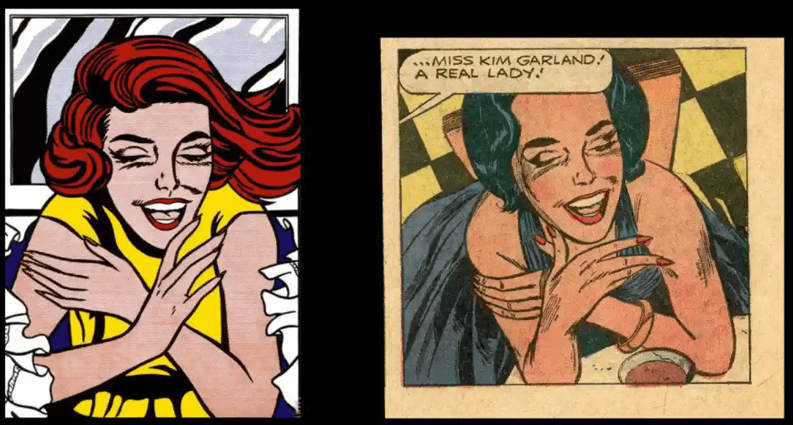Smriti Malhotra
The new documentary “WHAAM! BLAM! Roy Lichtenstein and the Art of Appropriation” alleges that hundreds of Roy Lichtenstein’s pieces of work were traced back to other artists, specifically comic strip artists. “It’s called stealing” stated Hy Eisman, a 96-year-old comic strip artist whose artwork has been reproduced by Lichtenstein. He is shown venting and angrily speaking about his experience in the new documentary. Various artists who had lived in apathetic conditions and never reached artistic heights showcased their disappointment towards their art being appropriated by the known pop artist.

Courtesy- The ArtStory
Eisman, who only found out about this “appropriation” through the director of the documentary, was very shocked by the revelation. He told the Observer, “I got paid very little for the page, something like $4. He was able to turn it into a painting and make millions. When I saw that he did that to other people, I thought it was a lousy thing to do. But until now I never thought I was involved.”

Comic book expert David Barsalou has traced about 300 Lichtenstein works to other artists, who are mentioned in the documentary. “I thought, maybe there’s only four, five or six paintings that he did close to the originals. But it was hard to describe my feelings as I started discovering more and more over the years that his images were like just direct copies.”
Roy Lichtenstein is regarded as one of the foremost pop artists of the 20th century. Who changed the way pop art was seen before his time and created the pop art movement by appropriating imagery from modern American culture. His work sells for millions of dollars, especially post his death in 1997.
Many critics argue that Lichtenstein’s work is not appropriation, but rather plagiarism, as he directly copied images without adding significant artistic value. However, Bradford R Collins, author of the book Pop Art and professor of art history at the University of South Carolina, defended Lichtenstein, stating that his work is not plagiarism but appropriation, as he took something out of a comic book and made it into a painting for a different purpose.
A lawyer also argued that Lichtenstein’s work would be considered transformative because of the addition of new elements within the artwork rather than making an exact replica. Lichtenstein himself said: “My work has been accused of looking like the things that I copy, and it certainly does look like the things I copy… But it is that quality, whatever art is, that transforms the work of art to be something different.”

Courtesy- Jewish Standard






